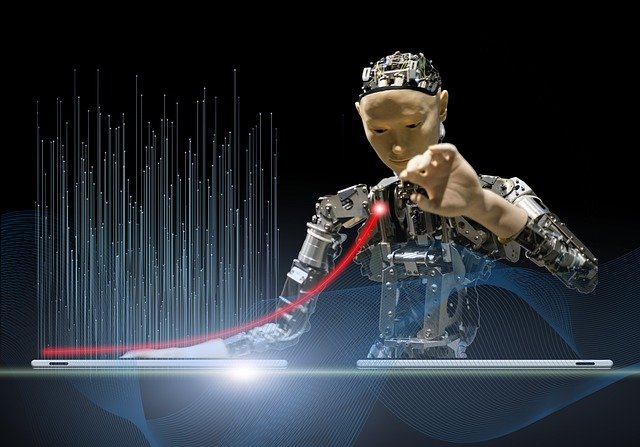
These data show a sad reality about current growth. Traditional production levers, capital, and labor have all seen their ability to produce economic growth decline.
These are just the views that the numbers offer. Artificial Intelligence (AI), an emerging factor in production, offers new possibilities for growth, the transformation of work processes, and the strengthening of the role individuals play in driving economic growth.

Accenture’s analysis of Artificial Intelligence in 12 countries shows that AI could double the annual rate of economic growth by 2035, according to Accenture. This will alter the nature of work and create a new relationship between man and machine. AI’s impact will improve productivity by up to 40% in business and enable people to make better use of their time.
AI can assist with three routes to growth
Artificial intelligence (AI) is a new factor in production that opens up three avenues for growth.
AI-based solutions automate complex physical tasks that are more challenging than traditional automation. They enable self-learning.
Innovation fusion
One of the lesser-known benefits of artificial intelligence is its ability to infuse economics with innovation.
AI-based solutions automate complex physical tasks that are more challenging than traditional automation. They enable self-learning.
Investing in capital and labor
AI allows workers to focus on their strengths to innovate and create. “AI has great potential to grow both the economy and people.” — MAROS PURDY is the Managing Director of Economic Research at Accenture Institute for High-Performance double growth rates.
AI can be used to boost economic growth by combining capital and labor. Research shows that video production has tremendous potential to create value.
Comparison of the baseline growth rate in 2035 for gross value added (an approximate GDP) with an artificial intelligence-integrated scenario in the economy.
Future Artificial Intelligence: Pave the Way

Integrating machine intelligence with human intelligence will help to empower the next generation for the future of AI. This will enable them to coexist and increase the importance of humans as drivers of growth. Foster AI Regulation: Develop adaptive and self-improving laws, and keep them updated on a regular schedule to bridge the gap between technological changes and regulatory responses Family Office Singapore. Advocates for an Artificial Intelligence Code of Ethics.
Redistribution effects need to be addressed. Policymakers must highlight the tangible benefits and address any potential disadvantages of AI in advance.
“Smart”:
Artificial Intelligence is a branch of computer science that seeks to develop “intelligent” computer systems. These systems exhibit characteristics similar to human intelligence, such as the ability to learn, understand and reach their own conclusions. Sometimes, the term “human intelligence” can be used loosely to refer to other disciplines such as neuroscience and philosophy. We do not have an in-depth understanding of the neurobiological mechanisms of intelligence.
AI can be described as a broad category in computer science. It includes machine learning, deep learning, learning (deep learning), networks, and multiple applications (language process, natural voice recognition (robotics), etc. AI was introduced in the 1950s but the idea of machines acting like humans has been around since at least the 1960s.
It was a time of high hopes and lows. Deep learning, an AI advancement currently in development, appears to be helping him reach his goals.
Machine learning was a big thing in the 1990s and 2000s. This focused on specific problems, making it simple to collect labeled information. Deep learning is more ambitious because it seeks to create intelligent machines that can function just like the human brain. This is possible by creating large-scale distributed neural networks, which allow for self-learning through experience. They are able to analyze large amounts of data at high speed. Deep learning is different from machine learning. Deep learning follows patterns and makes decisions based on them.
